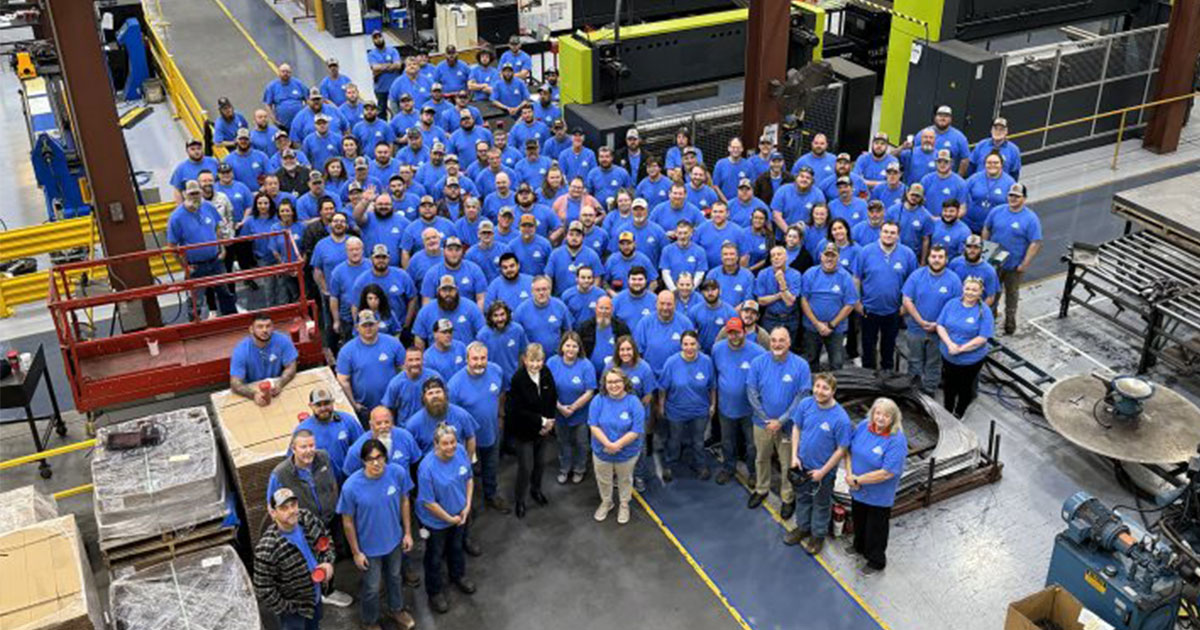There’s a lot of change happening across America and around the world relative to manufacturing and the broader pursuit of enterprise excellence. Yet, it’s not just about automation, artificial intelligence (AI), reshoring, or streamlining processes. It’s also about people.

Kim Humphrey
President and CEO, Association for Manufacturing Excellence
There’s a lot of change happening across America and around the world relative to manufacturing and the broader pursuit of enterprise excellence. Yet, it’s not just about automation, artificial intelligence (AI), reshoring, or streamlining processes. It’s really about people.
One of the greatest challenges facing our industries today is workforce instability. We are experiencing a demographic shift: an aging population, a shrinking labor force, and new generations who view work differently, such as where people want to work, how people want to work, and most importantly, why they want to work. This new generation is demanding that work be meaningful and that they feel part of the process. In addition, we have a growing skills gap, one that’s being amplified as emerging technologies, from automation to AI, reshape the very nature of work.
Historically, our collective focus on operational excellence has leaned heavily toward process improvement. While this work remains essential, there’s a new frontier in front of us: the people side of continuous improvement. The next great gains in excellence will come not just from improving how work is done, but by improving how people are supported, developed, and engaged in that work. To achieve true enterprise excellence, organizations must break down the traditional silos between human resources and operational excellence. This integration is no longer optional. It is essential. Aligning people, purpose, and process is the foundation of sustainable success.
Leaders who embrace people-centered leadership understand that strong employee relationships create healthier, more engaged workplaces. When organizations genuinely value their people, they foster a culture where team members are motivated, committed, and eager to contribute their best. According to Gallup, people-centered organizations consistently outperform their competitors because they invest in employee growth, value their input, and leverage their strengths. The evidence is clear: how an organization treats its people directly impacts profitability, productivity, customer satisfaction, and overall financial performance.

The path to becoming a more people-centric leader begins with reflection: What kind of leader do we want to be? What legacy do we want to leave for those we lead, work with, and work for?
Choosing this people centered leadership path means believing in your team’s capabilities and caring deeply about their growth, well-being, and ability to continuously improve. Because the real opportunity in front of us isn’t just to build better organizations, it’s to build better systems for people to thrive in.


